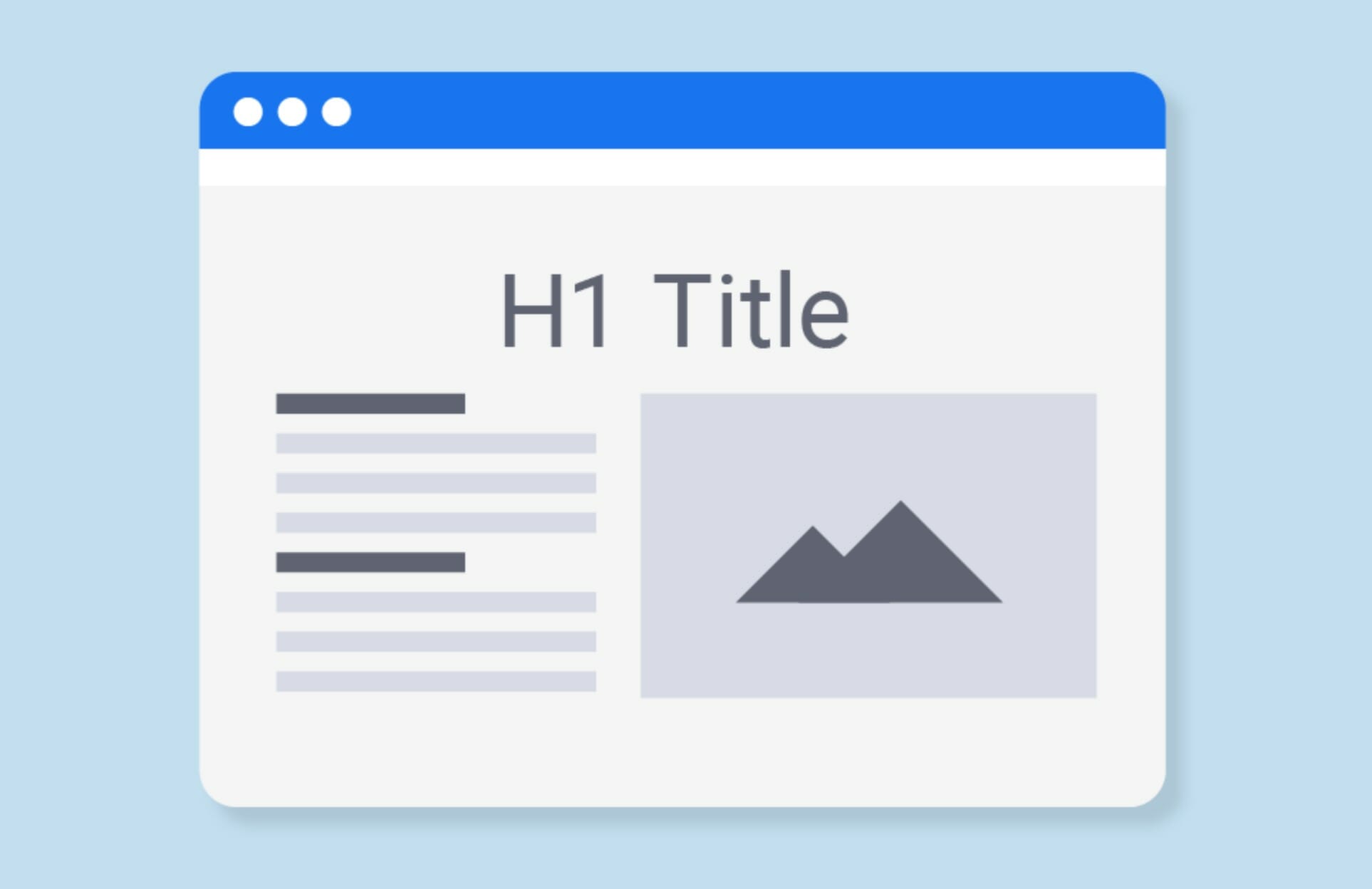What Is a Title Tag & How to Optimize Your Title Tags for SEO
The web is a vast ocean of information, and navigating it requires clear signposts. This is where title tags (or <title> tag) come in. They act as the headline for each webpage, displayed in search engine results pages (SERPs) and browser tabs. But beyond just labeling content, title tags play a crucial role in search engine optimization (SEO). It has the potential to display in search engine results and link previews with the page.
What is a Title Tag?
A title tag, also known as a meta title, is an HTML tag element that specifies the title of a webpage. It is written as <title>, residing within the <head> section of a webpage. Title tags are not visible on the webpage itself, but they appear as clickable headlines in search engine results. They are also displayed on web browser tabs when users visit the page, providing a quick reference for the page’s content.
For example, this is a title tag in HTML:

How it is displayed in a browser tab on Google Chrome:

And here how it is appeared on a Google search results page:

Here is the link preview:

It serves two primary purposes:
- Informing Users: Searchers get a brief glimpse of a webpage’s content from its title tag in SERPs. This helps them decide if the page offers what they’re looking for.
- Signaling Search Engines: Search engines use title tags to understand the content and relevance of a webpage. It’s one of the factors considered when ranking pages in search results.
Optimizing Title Tags for SEO:
While title tags are relatively small, their impact is significant. Search engines like Google use title tags to understand the relevance and context of a webpage’s content about user queries. Well-optimized title tags can significantly improve a webpage’s visibility and click-through rates (CTRs) on SERPs, leading to increased organic traffic.
Here’s how to optimize them for SEO:
- Target Relevant Keywords: Include the primary keyword related to your page’s content naturally within the title. However, avoid keyword stuffing, which can negatively affect user experience and search engine rankings.
- Focus on Clarity and Conciseness: Keep your title tag short and to the point, ideally under 60 characters. This ensures it’s fully displayed in SERPs and avoids truncation.
- Write for Users First: Remember, the title tag is primarily for human readers. Use clear, concise language that accurately reflects the page’s content and entices users to click.
- Incorporate Branding: Consider including your brand name strategically, especially for established businesses, to increase brand recognition.
- Uniqueness is Key: Each page deserves a unique title tag that differentiates it from other pages on your website. Avoid generic titles or repetitive patterns.
- Length: While there is no fixed character limit for title tags, it’s recommended to keep them within 50-60 characters. This ensures that the entire title is displayed on SERPs without being truncated.
Optimization Strategies
- Keyword Research: Conduct thorough keyword research to identify relevant keywords and phrases with high search volume and moderate competition. Use tools like Google Keyword Planner, SEMrush, or Ahrefs to discover valuable keywords for your title tags.
- Compelling Language: Craft compelling and engaging titles that entice users to click through to your website. Use action verbs, numbers, and power words to make your titles more compelling.
- A/B Testing: Experiment with different title tag variations and analyze their performance using A/B testing methods. Monitor metrics such as CTR, bounce rate, and organic traffic to determine the most effective title tag for each page.
- Regular Updates: Keep your title tags up to date by periodically reviewing and optimizing them based on changes in search trends, user behavior, and website content updates.
How to Update Your Title Tags
The most common way we can use to update title tags is via a content management system (CMS). You can install plugins like Yoast SEO and Rank Math, ALLSEO, and others. I recommend using Yoast SEO as it is easy to navigate.
With the Yoast SEO plugin, you can easily update your title tags. For example, you can edit a page in WordPress with the Yoast SEO plugin, you will see a field like this:

You can add a title tag, slug, and meta description according to your page.
By following these guidelines, you can craft effective title tags that not only improve your website’s SEO but also provide a positive user experience. Remember, a well-optimized title tag is a silent salesperson, working tirelessly to attract the right audience and boost your website’s visibility.tunesharemore_vert
Wrapping Up!
Title tags are a fundamental aspect of SEO that significantly influence a webpage’s visibility and click-through rates on search engine results pages. By understanding the importance of title tags and implementing effective optimization strategies, you can enhance your website’s search engine rankings and drive more organic traffic to your site. Remember to prioritize relevance, uniqueness, and user engagement when crafting title tags, and regularly monitor their performance to ensure ongoing SEO success.






Post Comment
You must be logged in to post a comment.